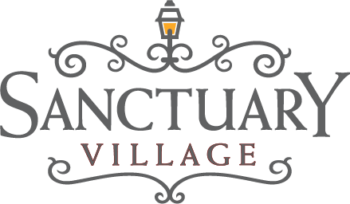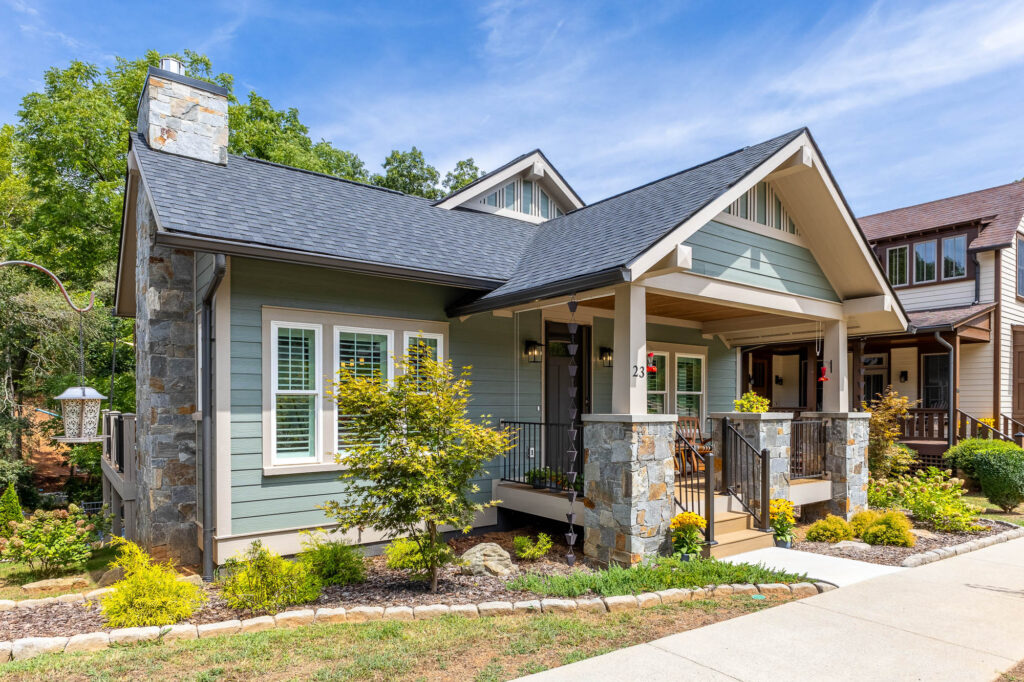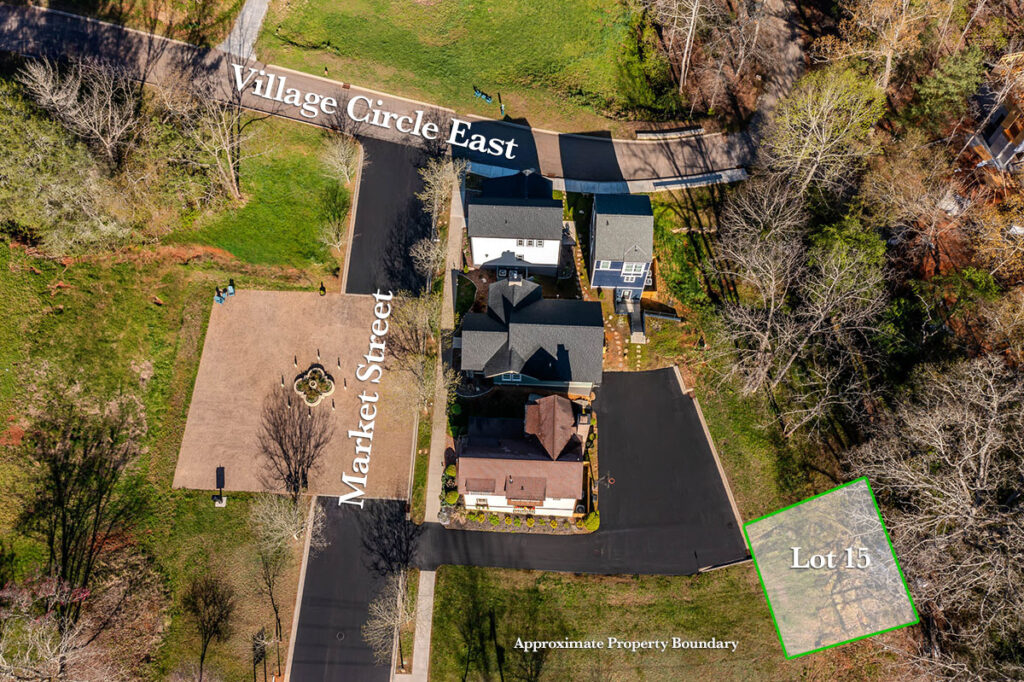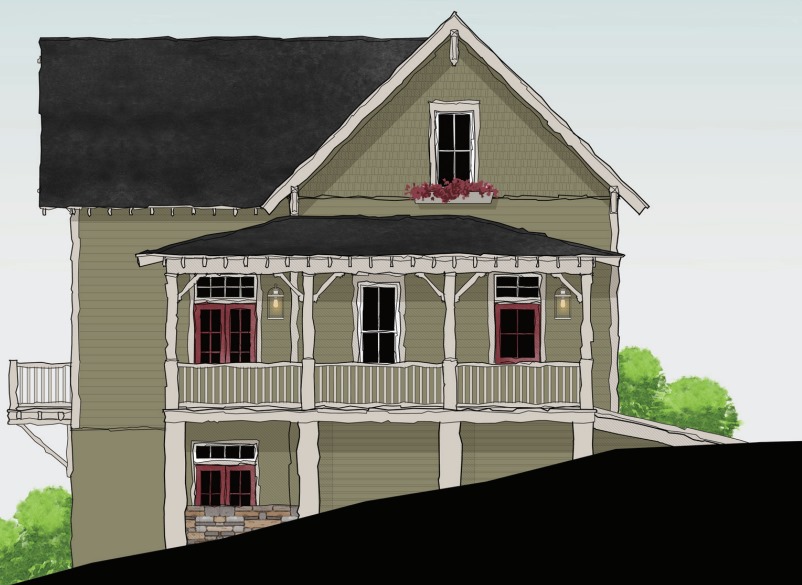Incorporating natural light into your home design is one of the most effective ways to create a bright, welcoming environment while also reducing energy consumption. Beyond its aesthetic appeal, natural light offers numerous benefits, from improving your home’s energy efficiency to promoting a healthier living space. By thoughtfully designing with natural light in mind, you can transform your home into a vibrant, energy-efficient haven.
Benefits of Natural Light
Creating an Inviting Atmosphere
Natural light has the unique ability to enhance the ambiance of any space, making it feel more open, warm, and inviting. When sunlight streams through large windows or skylights, it brightens up the room and highlights architectural details, furniture, and decor. Spaces that are well-lit with natural light tend to feel larger and more welcoming, which can greatly enhance the overall aesthetic of your home.
Natural light also contributes to a sense of well-being. Studies have shown that exposure to natural light can improve mood, increase productivity, and even regulate sleep patterns by helping to maintain the body’s natural circadian rhythm. Incorporating ample natural light into your home design can thus create a more positive and healthy living environment.
Reducing Energy Consumption
One of the most significant advantages of utilizing natural light is its potential to reduce energy consumption. By maximizing daylight, you can reduce the need for artificial lighting during the day, leading to lower electricity bills. Additionally, strategic use of natural light can help with heating, especially during colder months, by allowing sunlight to naturally warm your home.
For example, positioning windows to capture the low-angle winter sun can reduce the need for heating, while overhangs or shades can prevent overheating during the summer months. This thoughtful use of natural light not only cuts down on energy use but also contributes to a more sustainable lifestyle.
Design Strategies for Maximizing Natural Light
Window Placement and Design
The placement, size, and style of windows are crucial factors in how much natural light your home receives. South-facing windows are particularly effective in maximizing sunlight throughout the day, especially in regions with colder climates. These windows capture the most sunlight, warming your home naturally and reducing the need for artificial lighting.
Floor-to-ceiling windows, bay windows, and sliding glass doors are excellent choices for letting in the maximum amount of light. Additionally, choosing windows with narrow frames and larger glass panes can increase the amount of natural light entering your home. Incorporating transom windows, which are placed above doors or other windows, can also bring additional light into darker spaces like hallways and bathrooms.
Skylights and Solar Tubes
Skylights and solar tubes are another effective way to bring natural light into your home, particularly in areas where windows may not be practical, such as interior rooms or spaces with limited wall space. Skylights allow sunlight to pour in from above, brightening up rooms throughout the day. They are especially beneficial in spaces like kitchens, bathrooms, or stairwells, where additional light is often needed.
Solar tubes, also known as light tubes, are smaller than skylights and can be installed in areas where traditional skylights might not fit. They capture sunlight on the roof and channel it through a reflective tube into the interior of the home, providing natural light even in windowless spaces.
Using Reflective Surfaces
To maximize the impact of natural light, consider incorporating reflective surfaces into your home design. Light-colored walls, ceilings, and floors can help bounce sunlight around the room, making the space feel even brighter. Mirrors strategically placed opposite windows or in darker corners can also reflect light, effectively doubling the amount of natural light in the room.
In the kitchen and bathroom, glossy tiles or polished countertops can reflect light and enhance the brightness of these spaces. Using glass or metal accents in furniture and decor can further amplify the light, creating a more luminous environment.
Open Floor Plans and Interior Layout
An open floor plan can significantly enhance the flow of natural light throughout your home. By reducing the number of walls and partitions, you allow sunlight to travel more freely from one room to another. This not only brightens the entire living space but also creates a more cohesive and spacious feel.
When planning the layout of your home, consider how natural light will move through the space. Position frequently used areas, such as the kitchen, living room, and dining area, where they can receive the most natural light. Bedrooms and bathrooms can be placed in areas that receive softer, indirect light, which can create a more restful atmosphere.
Combining Natural and Artificial Lighting
While natural light is ideal, it’s essential to complement it with well-designed artificial lighting to ensure that your home remains well-lit after the sun goes down. Layered lighting—combining ambient, task, and accent lighting—can help maintain a consistent level of illumination throughout the day and night.
Dimmers and smart lighting systems can adjust the brightness based on the time of day, allowing you to seamlessly transition from natural to artificial lighting. This approach not only enhances the overall aesthetic but also ensures that your home remains energy-efficient.
Purchasing a homesite in the early phases of a community’s development offers a unique opportunity to select an ideal location that maximizes natural light and enhances energy efficiency. By choosing a homesite with optimal sun exposure, you can strategically position your home to take full advantage of passive solar heating, natural ventilation, and daylighting. This not only reduces energy consumption but also creates a more comfortable living environment. Early buyers have the advantage of selecting premium lots that offer the best orientation and layout options, setting the foundation for a sustainable, energy-efficient home.
Conclusion
Utilizing natural light in your home design offers a multitude of benefits, from creating a warm and inviting atmosphere to reducing energy consumption and fostering a healthier living environment. By carefully planning window placement, incorporating skylights and reflective surfaces, and optimizing your floor plan, you can maximize the natural light in your home, transforming it into a bright, energy-efficient sanctuary.
For more inspiration and guidance on home design, explore our related articles on Energy Efficiency in Design, Architectural Design Principles, and Modern vs. Traditional Designs. Start your journey toward a naturally bright and sustainable home at Sanctuary Village today!





